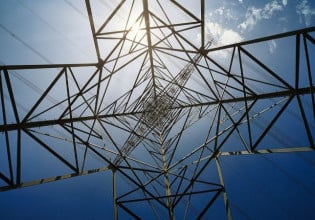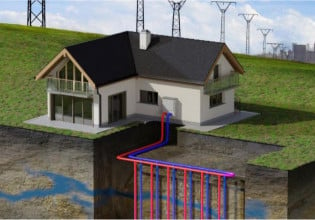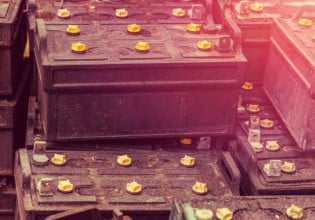I did two (2) experiments with a 20V DC power supply and 4 capacitors in series. All series connections were checked to insure proper polarity.
Experiment with four (4) 22uF 16V tantalum capacitors:
20V-------(+) C1 (-) ----- (+) C2 (-) ----- (+) C3 (-) ----- (+) C4 (-) ----- GND
The voltage across each capacitor was 5 volts as expected.
However, when I did the same experiment with four (4) uxcell aluminum electrolytic capacitors 22uF 100V the results are different.
The voltage across the capacitors C1 through C4 respectively is 10.1, 6.6, 2.2, 1.2 volts. Looking for an explanation. Thanks.
Experiment with four (4) 22uF 16V tantalum capacitors:
20V-------(+) C1 (-) ----- (+) C2 (-) ----- (+) C3 (-) ----- (+) C4 (-) ----- GND
The voltage across each capacitor was 5 volts as expected.
However, when I did the same experiment with four (4) uxcell aluminum electrolytic capacitors 22uF 100V the results are different.
The voltage across the capacitors C1 through C4 respectively is 10.1, 6.6, 2.2, 1.2 volts. Looking for an explanation. Thanks.




